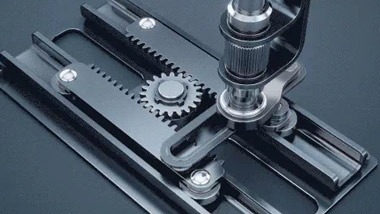Industrial Component Plastic Metal Parts
Industrial Component Plastic metal parts are essential components in many industries, from automotive to consumer goods. These parts are created by injecting molten material into a mold cavity, where it cools and solidifies into the desired shape. This process is widely used due to its efficiency and ability to produce complex shapes with high precision.
Experts in the field of Industrial Component plastic metal part manufacturing are skilled in designing, developing, and producing these components. They have a deep understanding of various materials, including metals, plastics, and composites, as well as the injection molding processes and equipment required. Their knowledge extends to meeting specific industry needs, ensuring that each part is perfectly suited for its intended application.
Success in this industry demands a strong technical background. Proficiency in CAD software, mold design, and manufacturing processes is crucial. Additionally, professionals must understand the properties of different materials to select the best option for each part.
Collaboration is key in Industrial Component plastic metal part manufacturing. Professionals work closely with product designers and engineers to ensure that mold designs meet all specifications. They are responsible for maintaining quality and consistency throughout the production process and ensuring the accuracy of the final product.
Beyond technical skills, problem-solving and communication abilities are vital. Professionals must effectively interact with clients to understand their needs and develop tailored solutions. They also handle any issues that arise during manufacturing, ensuring smooth production flow.
Overall, the Industrial Component plastic metal parts industry plays a significant role in the manufacturing sector, providing critical components for various applications. Experts in this field are instrumental in ensuring efficient production and adherence to high-quality standards.
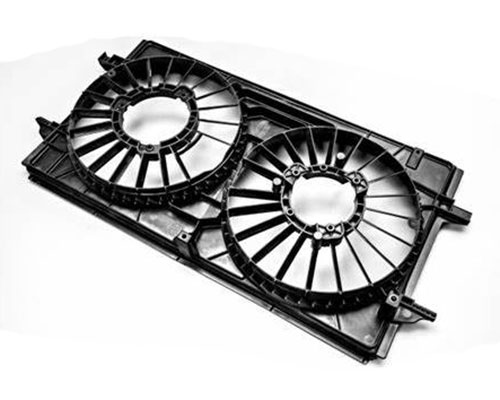
Industrial Component Part
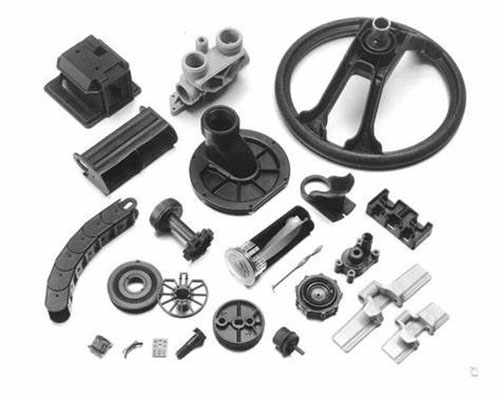
Industrial Component Part
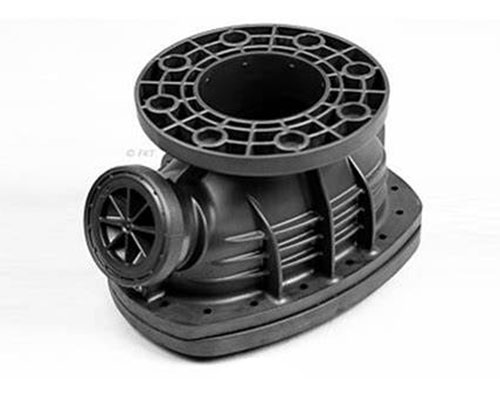
Industrial Component Parts
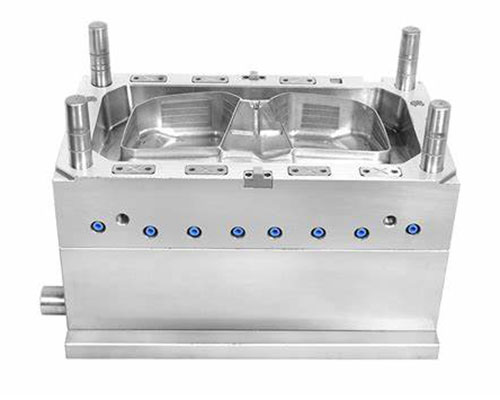
Industrial Component Mould
Industrial Component Plastic Metal Parts Making Service
Be good at product structure optimization and greatly reduce the cost of Plastic Metal Parts custom solutions
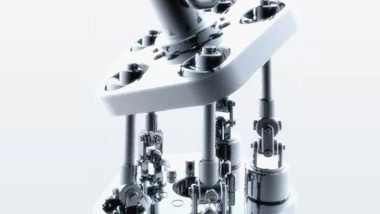
Part Design
Appearance and structural design
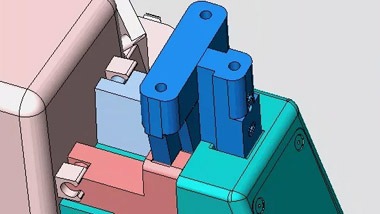
Mold Making
Design, DFM confirmation

Product Assembly
Incoming materials, inspection and assembly
Plastic Metal Parts are used in the Industrial Component industry
Plastic metal parts are super popular in the manufacturing world, especially when it comes to making industrial components. Imagine needing a bunch of identical pieces fast and efficiently—that's where plastic metal parts come in handy. They're used everywhere from gears and bearings to casings and even in mechanical equipment.
Consistency and accuracy are key for these parts, and that’s what makes plastic metal parts so great. You can design them with complex shapes and features that would be tough to achieve with other methods. Plus, you can use a variety of materials like metals, plastics, and composites to get the properties you need, whether it’s high strength, lightweight, or resistance to heat and chemicals.
One big plus is how customizable they are. You can tailor them to fit specific needs, which is crucial in the industrial component world where things have to meet strict specs and tolerances. Plastic metal parts make sure you get the tight tolerances and complex shapes your project demands.
Of course, there are challenges too. The cost of molds can be a bit steep, especially for complex or large-scale projects. But the savings from high-volume production and better efficiency usually balance out that initial expense.
In short, plastic metal parts are essential in the industrial components industry. They offer high production volume, lots of design flexibility, and the ability to customize, making them a smart choice for many applications.
FAQ About Industrial Component Plastic Metal Parts
What are the main benefits of using industrial component plastic parts over metal ones?
Industrial component plastic parts offer several advantages, such as being lightweight and corrosion-resistant. This makes them ideal for applications where weight is a critical factor or where exposure to harsh environments is common. Additionally, plastics can be molded into complex shapes more easily than metals, allowing for greater design flexibility.
How do you ensure the quality and durability of plastic and metal parts in industrial components?
Quality and durability are paramount in industrial settings. We conduct rigorous testing, including stress tests, impact resistance evaluations, and long-term performance assessments, to ensure that our parts meet high standards. We also use advanced materials and manufacturing techniques to enhance strength and longevity.
Can plastic parts withstand extreme temperatures as well as metal parts do?
While metal parts traditionally have been known for their heat resistance, advancements in polymer technology have led to the development of high-performance plastics that can withstand extreme temperatures. These specialized plastics are now used in various industries where temperature resilience is crucial.
What are some common applications for industrial component plastic and metal parts?
Plastic parts are commonly used in automotive, aerospace, and consumer electronics due to their lightweight and versatile nature. Metal parts, on the other hand, are prevalent in construction, machinery, and heavy equipment because of their strength and durability. Both materials play essential roles depending on the specific requirements of the application.
Are there any environmental concerns associated with using plastic parts in industrial components?
Environmental concerns are significant, and we are committed to addressing them. We prioritize the use of recyclable and biodegradable plastics whenever possible. Additionally, we implement efficient manufacturing processes to minimize waste and emissions, ensuring that our operations have a minimal environmental footprint.
How does the cost compare between plastic and metal parts for industrial components?
Generally, plastic parts are more cost-effective than metal parts due to lower material and manufacturing costs. However, the initial cost savings can vary depending on the complexity and volume of production. It's essential to consider the total cost of life, including maintenance and replacement, when making material choices.
What role do plastic and metal parts play in the manufacturing process of industrial components?
Plastic parts are often used in the initial stages of manufacturing for prototypes and lightweight components. Metal parts are typically employed in the final assembly for structural integrity and load-bearing applications. Both materials are integral to creating robust and efficient industrial components.
How do advancements in material science impact the use of plastic and metal parts in industry?
Advancements in material science continuously improve the properties of both plastics and metals, making them more suitable for a wider range of industrial applications. Innovations like stronger composites and smart materials are expanding the possibilities, allowing engineers to design better and more efficient components.
What are the maintenance requirements for plastic and metal parts in industrial components?
Maintenance requirements vary by material. Plastic parts generally require less maintenance due to their resistance to corrosion and wear. Metal parts, while durable, may need regular inspections for rust, corrosion, and mechanical wear. Proper maintenance ensures longevity and optimal performance for both types of parts.
How can companies ensure the compatibility of plastic and metal parts within an industrial component system?
Ensuring compatibility involves careful planning and testing. Companies must consider factors like thermal expansion, chemical interactions, and mechanical stress when designing systems with mixed materials. By conducting thorough compatibility tests and using compatible fasteners and sealants, they can achieve seamless integration and reliable performance
